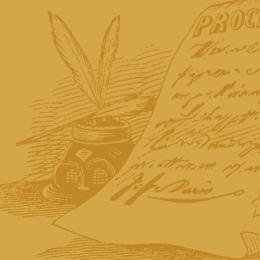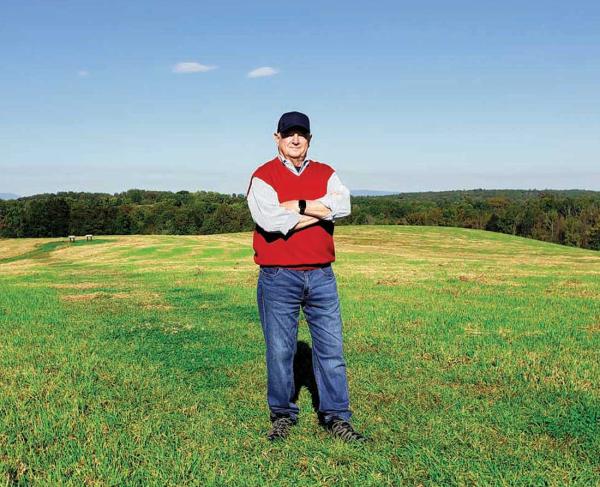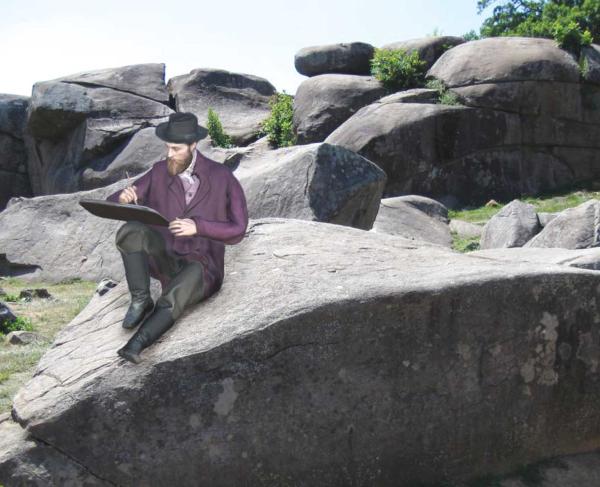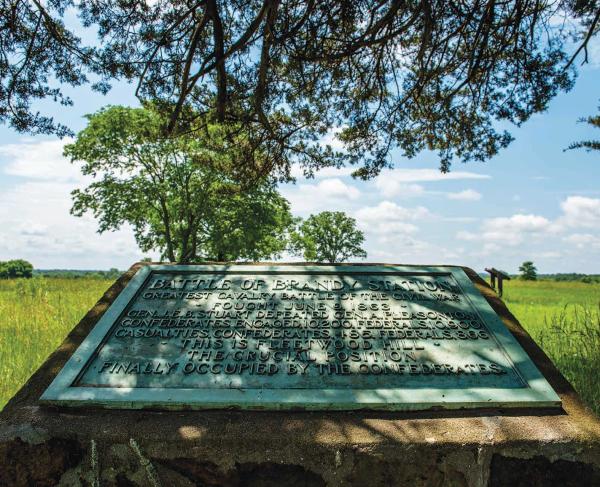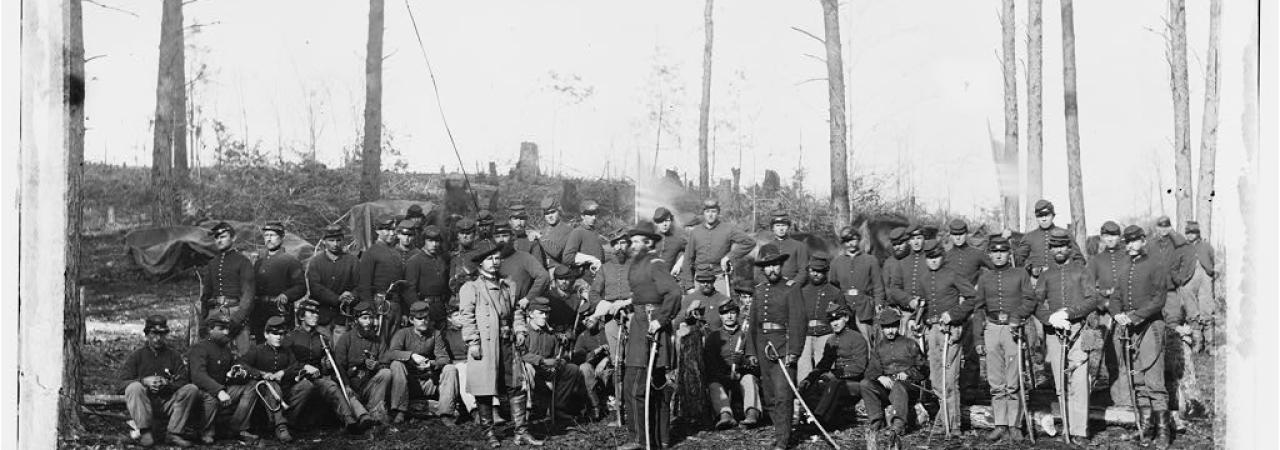
Brandy Station, Va. Officers and men of Co. K, 1st U.S. Cavalry (1st Division, Cavalry Corps)
On March 2, 1833, President Andrew Jackson signed a bill that established the regiment of United States Dragoons. Dragoon units were not uncommon to the army. A number had served in the Continental Army, through the early years of the Republic, in the War of 1812 and more recently as the Battalion of Mounted Rangers. With the onset of westward expansion, the burgeoning Nation required a permanent mounted regiment that could function both as infantry and cavalry. Three years later Congress created another Dragoon regiment and the original received the designation of 1st U.S. Dragoons.
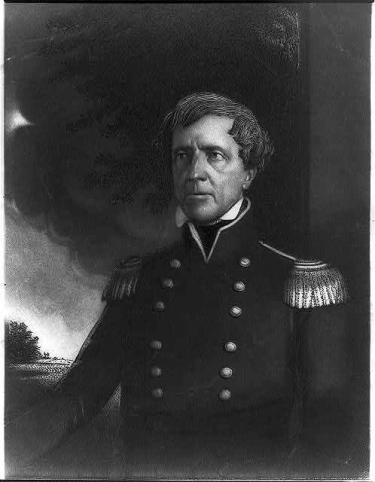
Edwin V. Sumner, who at one time commanded the famed II Corps in the Army of the Potomac, Philip St. George Cooke, a future Union cavalryman, and Jefferson Davis, a United States Secretary of War and President of the Confederacy, were among the regiment’s officers. In the summer of 1836, Stephen W. Kearny took command of the Dragoons. Kearny was the son of a wealthy New Jersey merchant who remained loyal to the Crown during the American Revolution. A veteran officer, Kearny was captured at the Battle of Queenston Heights during the War of 1812.
Kearny’s professionalism shaped the regiment into a disciplined unit. The Dragoons spent much of the next ten years patrolling the Plains and engaging in diplomacy with the various Indian tribes. Early in the spring of 1845, Kearny led five companies on an expedition to South Pass in the Rocky Mountains. The expedition marched some 2,000 miles in under 100 days.
When war erupted with Mexico, Kearny organized a force which consisted of elements from the 1st Dragoons and volunteers to capture Santa Fé and then moved on to California. After the investment of the city, Kearny struck out to the west. Upon reaching California, his force engaged the enemy at San Pasqual. Kearny reached San Diego on December 12 and then moved on to occupy Los Angeles in the second week of January, 1847.
While Kearny marched to California, the rest of the regiment remained behind. Companies A and E served with Gen. Zachary Taylor in Mexico and fought at the Battle of Buena Vista. Company F, under Kearny’s nephew, Philip Kearny was assigned to Gen. Winfield Scott’s army. At Churubusco, Kearny, who would become a Union general and fall at the Battle of Chantilly, was struck in the left arm. He was helped from the field by Thomas J. “Stonewall” Jackson’s future successor, Richard Ewell.
At the end of the Mexican-American War, the regiment was assigned to various posts throughout the frontier. The Dragoons were engaged in the Rogue River War in Oregon Territory and against the Apaches, Navajos and Utahs in the Southwest. At the outbreak of the Civil War, most of the command was transferred to Washington. Companies D and G remained in the west. This squadron fought at Valverde and rejoined their comrades in the fall of 1863. In early August, 1861, Congress re-designated the regiment as the 1st U.S. Cavalry. Assigned to the Cavalry Reserve and then the Reserve Brigade in the Army of the Potomac, the regiment distinguished itself on numerous fields from Virginia to Pennsylvania.

Near Fort Magruder during the Battle of Williamsburg, Capt. Benjamin Franklin “Grimes” Davis’ squadron engaged the 4th Virginia Cavalry and covered the withdrawal of Battery C, 3rd U.S. Artillery. Davis eventually rose to brigade command and was killed in the opening stages of the Battle of Brandy Station. Under the direction of Capt. Marcus Reno, George A. Custer’s senior subordinate at the Little Bighorn, the 1st U.S fought at the Battle of Kelly’s Ford. Reno was injured during the engagement. At Upperville on June 21, 1863, the regiment sustained fifty-three casualties in a sharp fight with the Cobb Legion, Jeff Davis Legion and the 1st North Carolina Cavalry. On June 11, 1864 at Trevilian Station, the 1st U.S. held the Reserve Brigade’s left during the fight on the Fredericksburg Road. The next day, the 1st U.S. participated in assaults on the Confederate position at the Ogg Farm. At Third Winchester, the regiment participated in the massive Union cavalry charge against General Jubal Early’s left flank. Through the efforts of the American Battlefield Trust, nearly 5,000 acres have been saved at these battlefields.
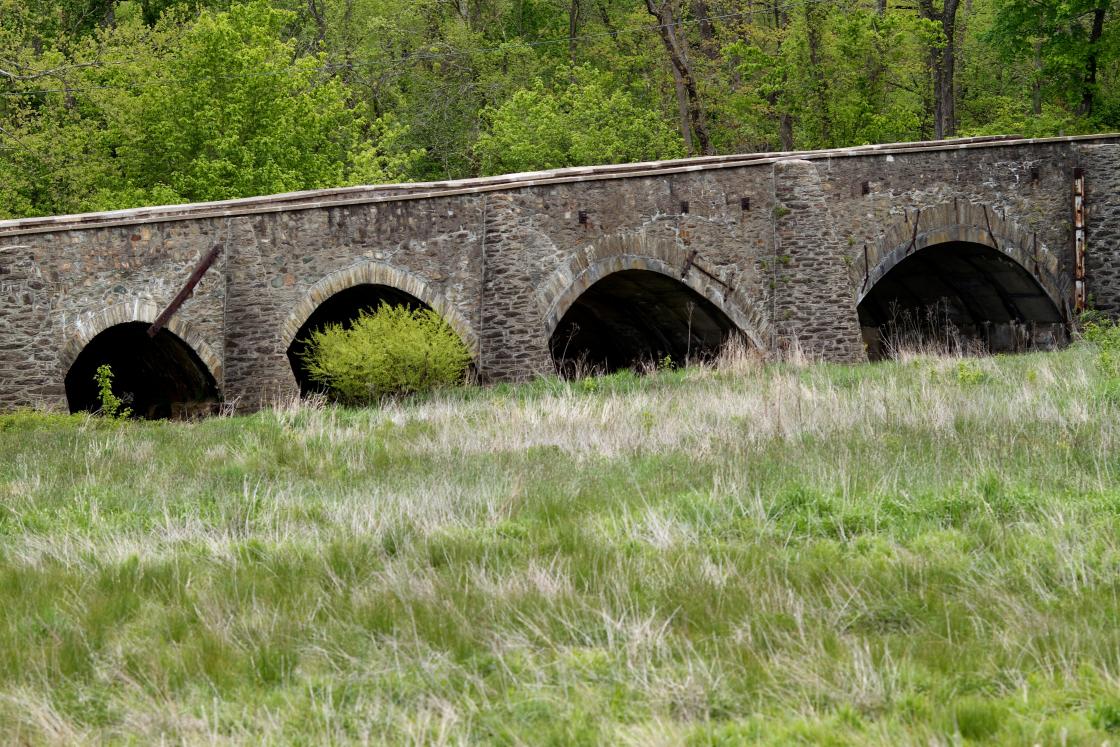
At the conclusion of the Civil War, the regiments were dispersed to various stations throughout the West. Several companies again found themselves engaged with their old foes, the Apaches, this time led by the Chiracahua chief, Cochise. Those in the Pacific Northwest participated in the Modoc War. All but two companies were assembled and put in the field against the Nez Perce. As part of General Oliver O. Howard’s command, a squadron from the 1st U.S. took part in the attack on Looking Glass’ village along the Clearwater River in Idaho. Another squadron fought at the Battle of Canyon Creek in Montana. The regiment also participated in the Bannock War. While posted to Fort Custer, Montana, several companies helped quell Crow and Cheyenne disturbances in 1887 and 1890.
During the Spanish-American War, the 1st U.S. was part of General Joseph Wheeler’s cavalry division in Cuba. The Regulars participated in the Battle of La Guisama in the campaign that culminated in the capture of Santiago. At the turn of the century, the regiment was transferred to the Pacific and fought in the Philippine Insurrection. In August, 1921, the regiment was re-designated as Headquarters Troop, 1st Cavalry Brigade, 1st Cavalry Division, later the 1st Cavalry Division Special. The regiment fought in North Africa, Italy and the Pacific during World War II. Today, the unit exists as the 8th Squadron, 1st Cavalry, 2nd Brigade Combat Team, 2nd Infantry Division, which traces its lineage to Company H from Kearny’s original regiment.
Help raise the $429,500 to save nearly 210 acres of hallowed ground in Virginia. Any contribution you are able to make will be multiplied by a factor...
Related Battles
866
433
209
180
